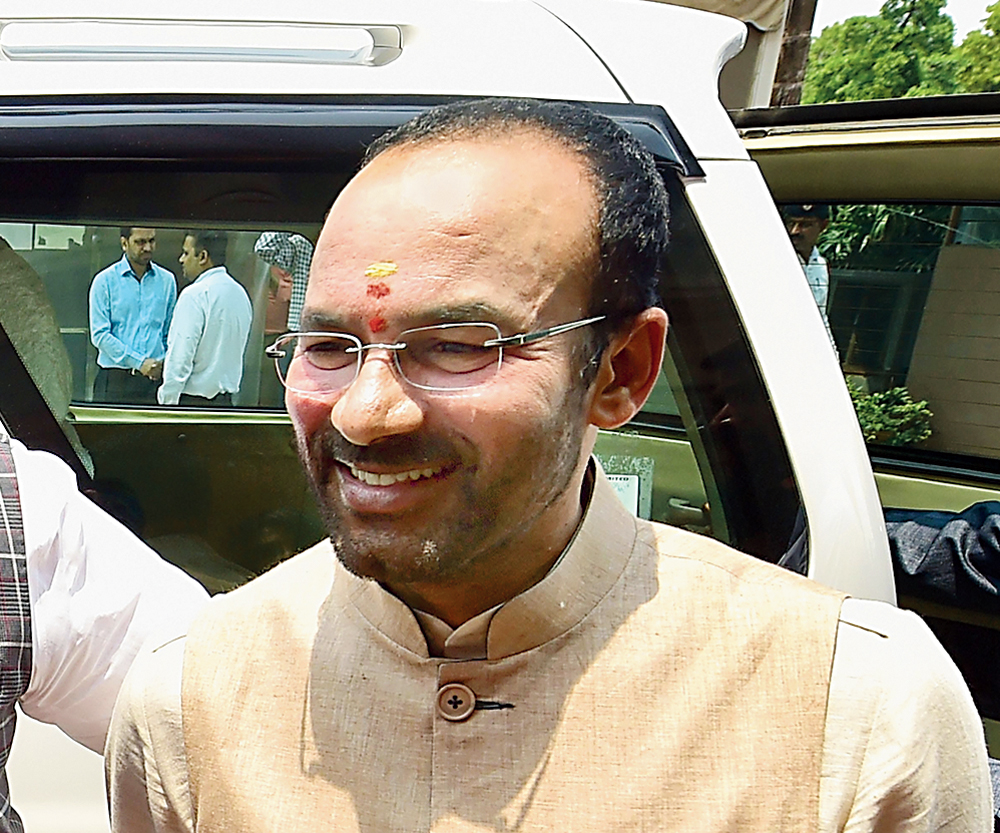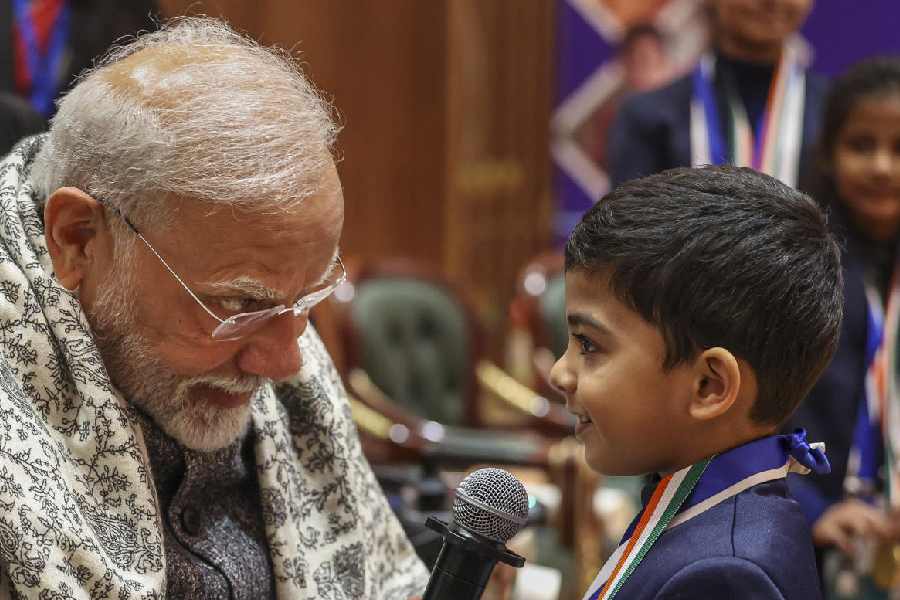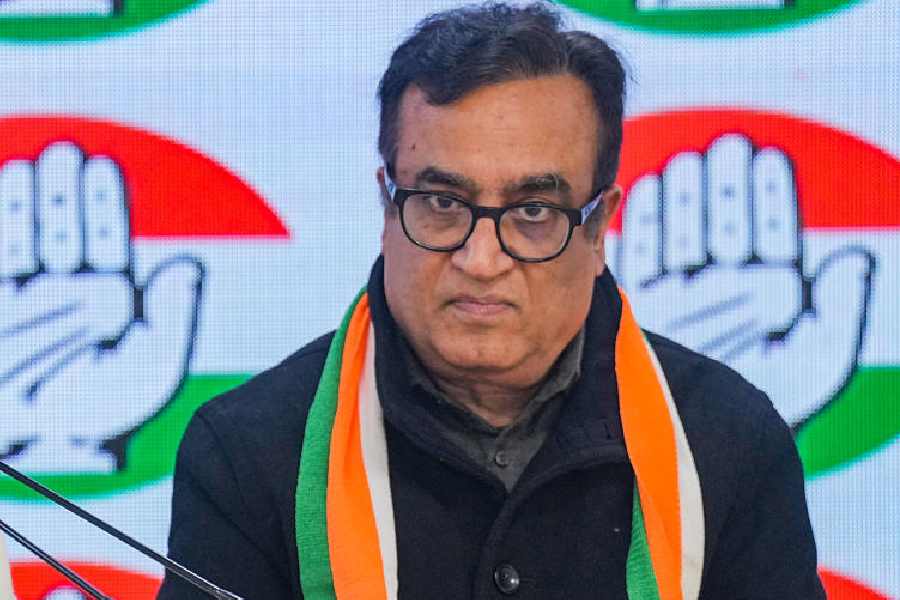The Centre admitted on Tuesday that illegal migrants from Bangladesh are able to enter India in a “clandestine and surreptitious” manner through the difficult riverine terrain that forms a part of the long international border.
“Border-guarding forces conduct regular patrolling, lay naka (checkposts) and establish observation posts and carry out anti-tunnelling exercises to stop illegal infiltration. However, some illegal migrants are able to enter in a clandestine and surreptitious manner, mainly due to difficult riverine terrain in parts of the long international border with Bangladesh,” said G. Kishan Reddy, Union minister of state for home affairs, in a written reply to a question in the Lok Sabha.
Reddy said there is no accurate central data on the exact number of such illegal immigrants and any demographic change in the northeastern states.
Organisations in Assam like the All Assam Students’ Union (AASU) have been demanding speedy fencing of the international border, including the riverine areas, to check infiltration from Bangladesh. They say continuous infiltration from Bangladesh over the past decades has changed the demography of the state.
The Union ministry of home affairs had set March 2019 deadline to complete fencing along the India-Bangladesh border but it is yet to be done.
The Indian side of the border passes through West Bengal (2,216.7km), Assam (263km), Meghalaya (443km), Tripura (856km) and Mizoram (318km).
Surveillance of the riverine border between the two countries has been a daunting task for the BSF, especially during the monsoon. The 61km border in lower Assam’s Dhubri district comprises vast sar (sandbar) land and innumerable river channels. In March this year, former Union home minister Rajnath Singh had inaugurated an advanced electronic surveillance system to secure India’s unfenced riverine border with Bangladesh in Dhubri.
The new project, border electronically-dominated QRT interception technique (BOLD-QIT) under the comprehensive integrated border management system, aims to equip unfenced areas along the riverine border with sensors, enabling troops to take prompt action against intrusion.
Reddy said the Centre has adopted a multi-pronged approach to ensure effective surveillance and domination of international borders to check infiltration. He said physical infrastructure like border fencing, floodlighting, construction of border roads and establishment of border outposts has been created. Vulnerable border outposts are regularly reviewed and strengthened by deploying additional manpower, special surveillance equipment and other force multipliers.
He said the Union home ministry has issued instructions to the state governments and Union Territories, advising them to ensure that no Aadhaar card is issued to illegal migrants.
“State governments have been further advised to cancel other state-level identification documents fraudulently obtained by illegal migrants such as voter card, driving licence and ration card and initiate deportation proceedings according to provisions of the law. The states/Union Territories have also been advised to share with the UIDAI the particulars of those illegal migrants who have wrongfully obtained Aadhaar cards for appropriate legal action,” Reddy said.











